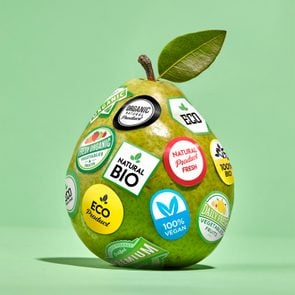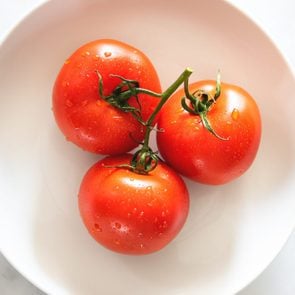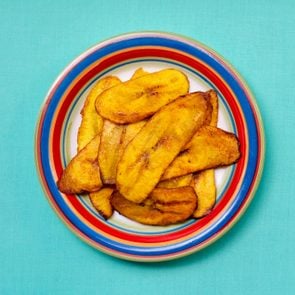When Every Fruit and Vegetable Is in Season—and Costs the Least
Updated: Nov. 18, 2023
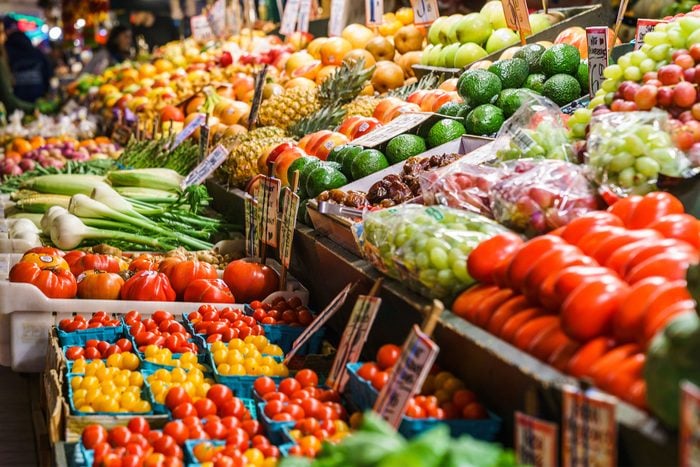
Eating seasonal produce is good for your health, your wallet and your community. Learn why—and what to eat when.
At one time or another, you’ve likely heard the advice to eat seasonally or, more specifically, to eat seasonal produce. The benefits of following this advice are vast and varied, and they include everything from better-tasting food to money savings to a positive impact on your environment and local agriculture. And yes, you can eat seasonally even while exclusively consuming grocery store produce.
Whether you’re looking to give your diet a fall refresh, trying to eat more sustainable food or simply looking for some new menu inspiration, you’re in the right place. We’re sharing a comprehensive list of when all your favorite foods are in season (including a fall food list for the upcoming autumn) and all the food facts you need to take advantage of seasonal food. Read on!
Get Reader’s Digest’s Read Up newsletter for more food, humor, cleaning, travel, tech and fun facts all week long.
What is the advantage of buying seasonal produce?
“Overall, incorporating seasonal produce into your diet brings a wealth of benefits for your health, taste buds, the environment and local communities,” says Danielle Smith, RD, a registered dietitian with Top Nutrition Coaching. “It’s a win-win situation that encourages a well-rounded, sustainable approach to eating.”
For starters, in-season vegetables and fruit tend to be more nutrient dense because they’re harvested at peak ripeness, so you’re getting more healthy bang for your buck. And speaking of bucks, it’s also cheaper. “When produce is in season, it is abundant and readily available, leading to lower production and transportation costs,” explains Smith. “As a result, the prices are often more affordable compared to out-of-season items that require importing or special growing conditions.”
When you choose seasonal produce, you’re also supporting local farmers, which both bolsters your community and local economy and reduces the emissions that would have resulted from having to transport that same food longer distances. “It also promotes the preservation of heirloom and traditional plant varieties,” Smith adds. “This helps maintain biodiversity and protects against the loss of unique and important crop strains.”
Finally, seasonal produce just tastes better. Just think of the difference between fresh-picked apples and your average supermarket apples. “In-season produce tends to be fresher and has a better flavor compared to fruits and vegetables that are shipped from faraway places or stored for extended periods,” Smith says. “Eating in-season allows you to enjoy the natural and full taste of each food item.”
Summer
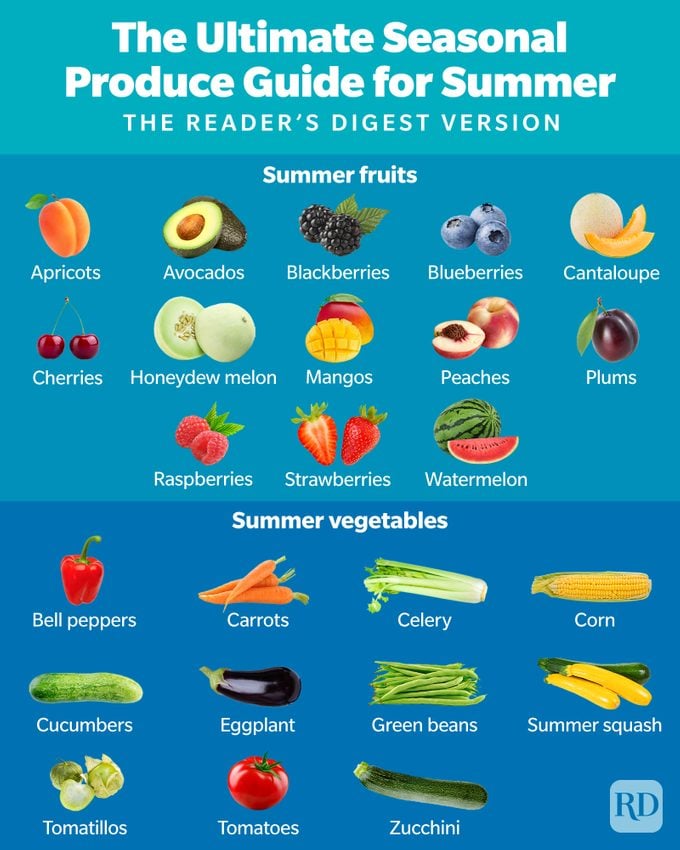
When it comes to summer produce, most of the fruits and veggies are best consumed raw, either straight off the tree or bush, from the package or in a light and fresh salad. “Blueberries are definitely my favorite,” shares Smith. “I grew up going blueberry picking every summer and also had smaller bushes in my backyard. I’m a purist and love them just as they are. That being said, my childhood just wouldn’t be the same without blueberry cobbler using our freshly picked berries!”
Here are the best seasonal produce picks for summer, according to the U.S. Department of Agriculture (USDA).
Summer fruits
- Apricots
- Avocados
- Blackberries
- Blueberries
- Cantaloupe
- Cherries
- Honeydew melon
- Mangos
- Peaches
- Plums
- Raspberries
- Strawberries
- Watermelon
Summer vegetables
- Bell peppers
- Carrots
- Celery
- Corn
- Cucumbers
- Eggplant
- Green beans
- Summer squash
- Tomatillos
- Tomatoes
- Zucchini
Fall
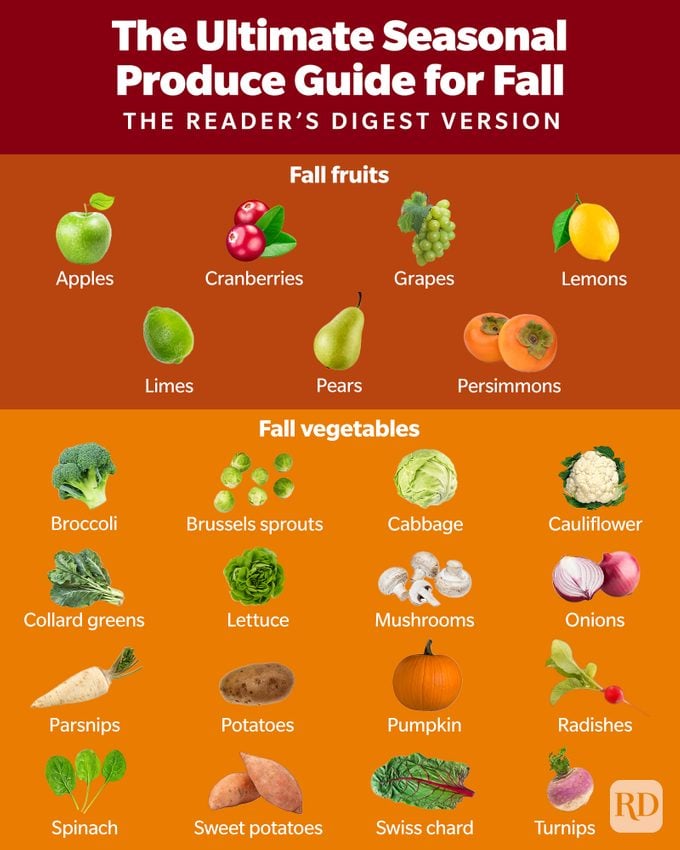
With root vegetables, squashes, cruciferous vegetables and mild and tart fruits flooding the shelves, fall is the season for roasting. When considering how to store produce, remember that many of these fall favorites keep for longer than their counterparts in spring and summer—though only if you’re aware of the fruits and veggies to avoid storing together.
Here are the best fall produce picks to enjoy.
Fall fruits
- Apples
- Cranberries
- Grapes
- Lemons
- Limes
- Pears
- Persimmons
Fall vegetables
- Broccoli
- Brussels sprouts
- Cabbage
- Cauliflower
- Collard greens
- Lettuce
- Mushrooms
- Onions
- Parsnips
- Potatoes
- Pumpkin
- Radishes
- Spinach
- Sweet potatoes
- Swiss chard
- Turnips
Winter
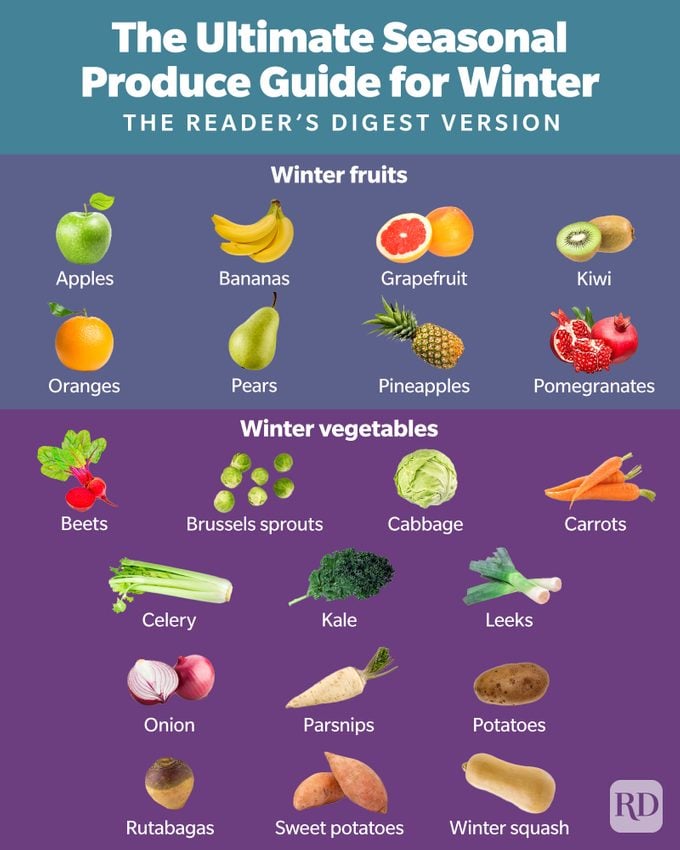
Winter is the season for cozy and heartwarming meals, but that doesn’t mean you can’t make room for plenty of hearty produce. “I love beets. They are truly one of my favorite vegetables,” shares Smith. “I love to dice and roast them with other winter veggies, such as carrots, parsnips and turnips. Another one of my favorite ways to eat them is in a nutrient-dense salad with quinoa, avocado and another winter favorite: pomegranates.”
Here’s what’s in season during the winter.
Winter fruits
- Apples
- Bananas
- Grapefruit
- Kiwi
- Oranges
- Pears
- Pineapples
- Pomegranates
Winter vegetables
- Beets
- Brussels sprouts
- Cabbage
- Carrots
- Celery
- Kale
- Leeks
- Onions
- Parsnips
- Potatoes
- Rutabagas
- Sweet potatoes
- Winter squash
Spring
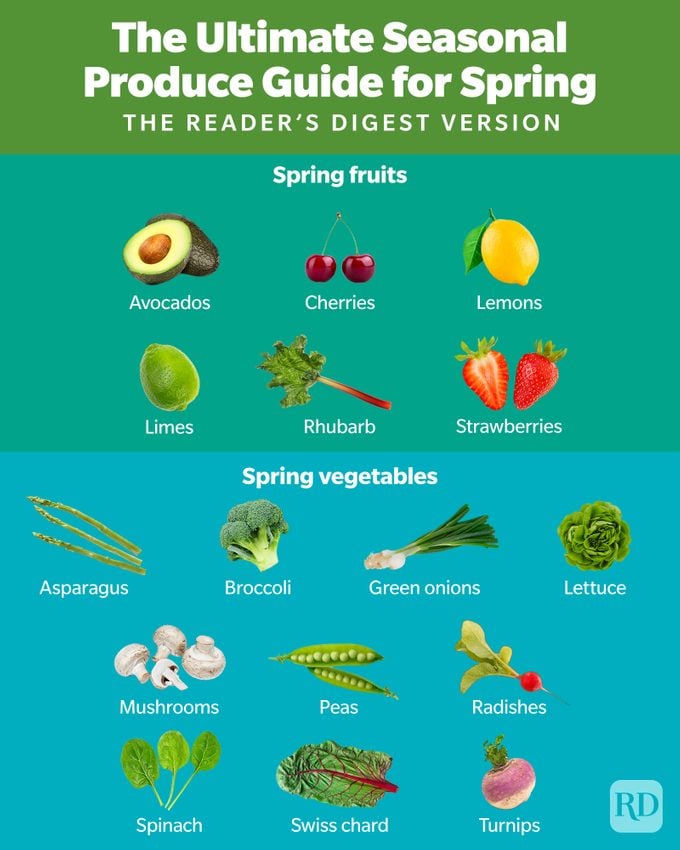
Next to summer, spring is the season most often associated with fresh produce, and for good reason: It’s bursting with delicious picks that are begging to be eaten before you even make it home from the market.
“Fresh peas are a game-changer for me. I hated peas as a child until I got to eat freshly picked peas from a garden in elementary school. I was surprised by how sweet they were!” Smith says. “We made a huge salad with other freshly picked vegetables, and my perception of vegetables has never been the same, in a good way. Add fresh peas to a garden salad or have them for a healthy snack on their own.”
Here are more top choices for spring.
Spring fruits
- Avocados
- Cherries
- Lemons
- Limes
- Rhubarb
- Strawberries
Spring vegetables
- Asparagus
- Broccoli
- Green onions
- Lettuce
- Mushrooms
- Peas
- Radishes
- Spinach
- Swiss chard
- Turnips
Now that you know what seasonal produce to choose depending on the time of year, check out this budget grocery list to save even more money, or learn how to grow your own food.
About the expert
- Danielle Smith, RD, is a registered dietitian with Top Nutrition Coaching who focuses on using nutrition to support her clients’ long-term health.
Source:
- USDA: “Seasonal Produce Guide”

